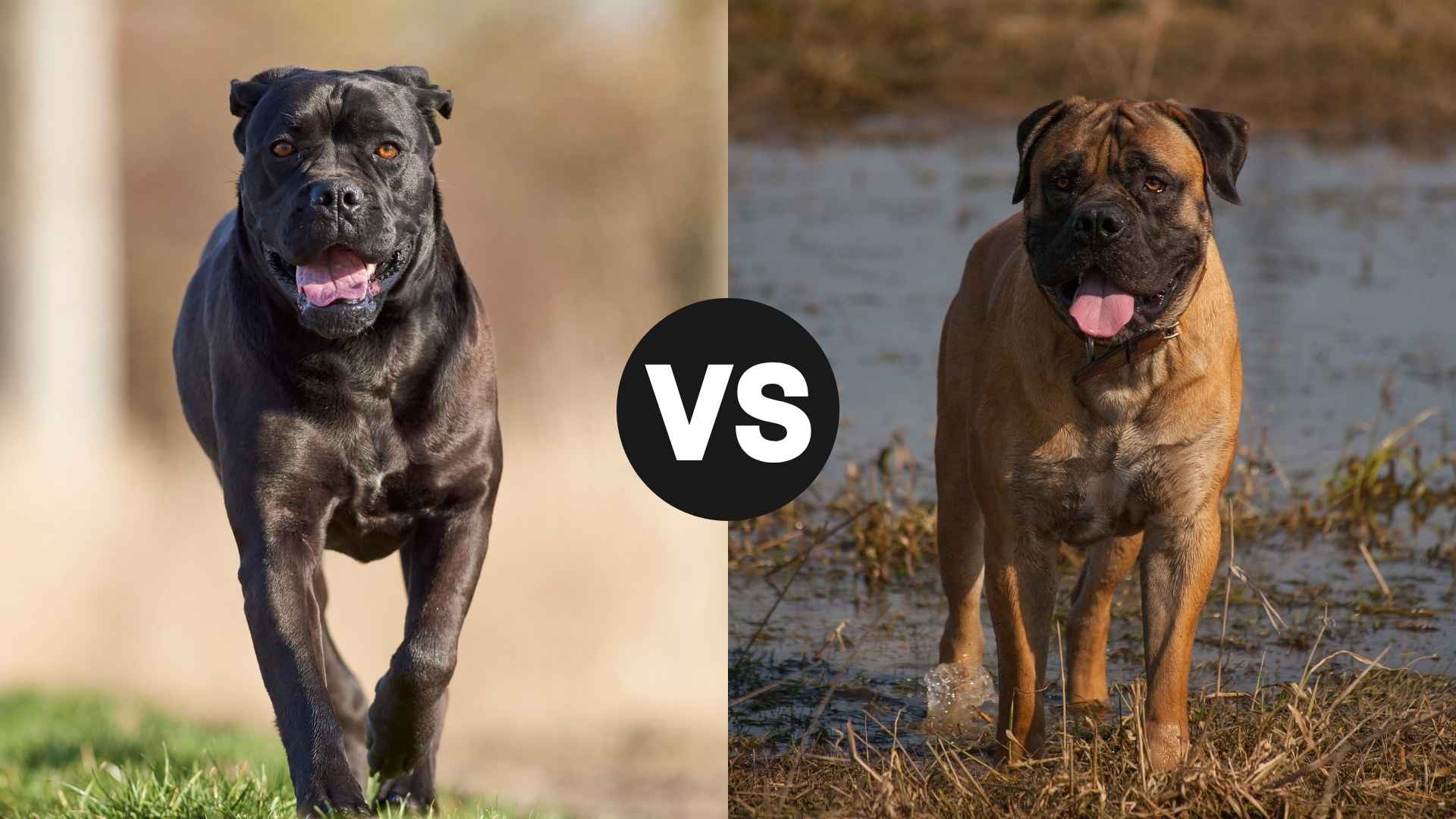If you’re searching for a powerhouse of a guard dog, chances are you’ve come across the Cane Corso and the Boerboel. These two massive breeds dominate the world of protection dogs with their strength, intelligence, and fearlessness.
But which one stands out? While both breeds share impressive guarding instincts, they come from different backgrounds and have distinct personalities. Whether you’re curious about their size, bite force, or care requirements, this face-off will help you understand their key differences. Get ready to dive into the ultimate battle of two legendary guardians!
Did you know?
The Boerboel was bred in South Africa as a farm protector, while the Cane Corso has ancient Roman roots and was once used as a war dog!
Cane Corso vs. Boerboel
Cane Corso vs Boerboel: Overview
Cane Corsos and Boerboels are both known for their protective instincts, but they differ in temperament. Corsos are naturally more reserved, while Boerboels display a confident and dominant personality.
Both breeds require consistent leadership and firm training. A well-trained Cane Corso tends to be more adaptable, while a Boerboel needs clear boundaries to prevent overly territorial behavior.
Energy levels also vary between these breeds. Cane Corsos have a balanced energy level, requiring regular mental and physical stimulation. Boerboels have higher endurance and need plenty of exercise to stay well-behaved.
When it comes to guarding capabilities, Cane Corsos excel in alertness and agility. Boerboels, however, rely on sheer strength and intimidation to deter intruders effectively.
Socialization plays a crucial role in both breeds. Cane Corsos may be wary of strangers but respond well to structured introductions. Boerboels can be more stubborn, requiring consistent early socialization.
Cane Corso vs. Boerboel: Origins and History
The Cane Corso has roots tracing back to ancient Rome, where it was used in warfare and as a farmhand. Over centuries, it adapted to civilian roles, excelling as a guardian.
Boerboels were developed in South Africa during the 1600s. Dutch settlers bred them as working dogs to protect homesteads from predators, making them highly resilient and powerful guardians.
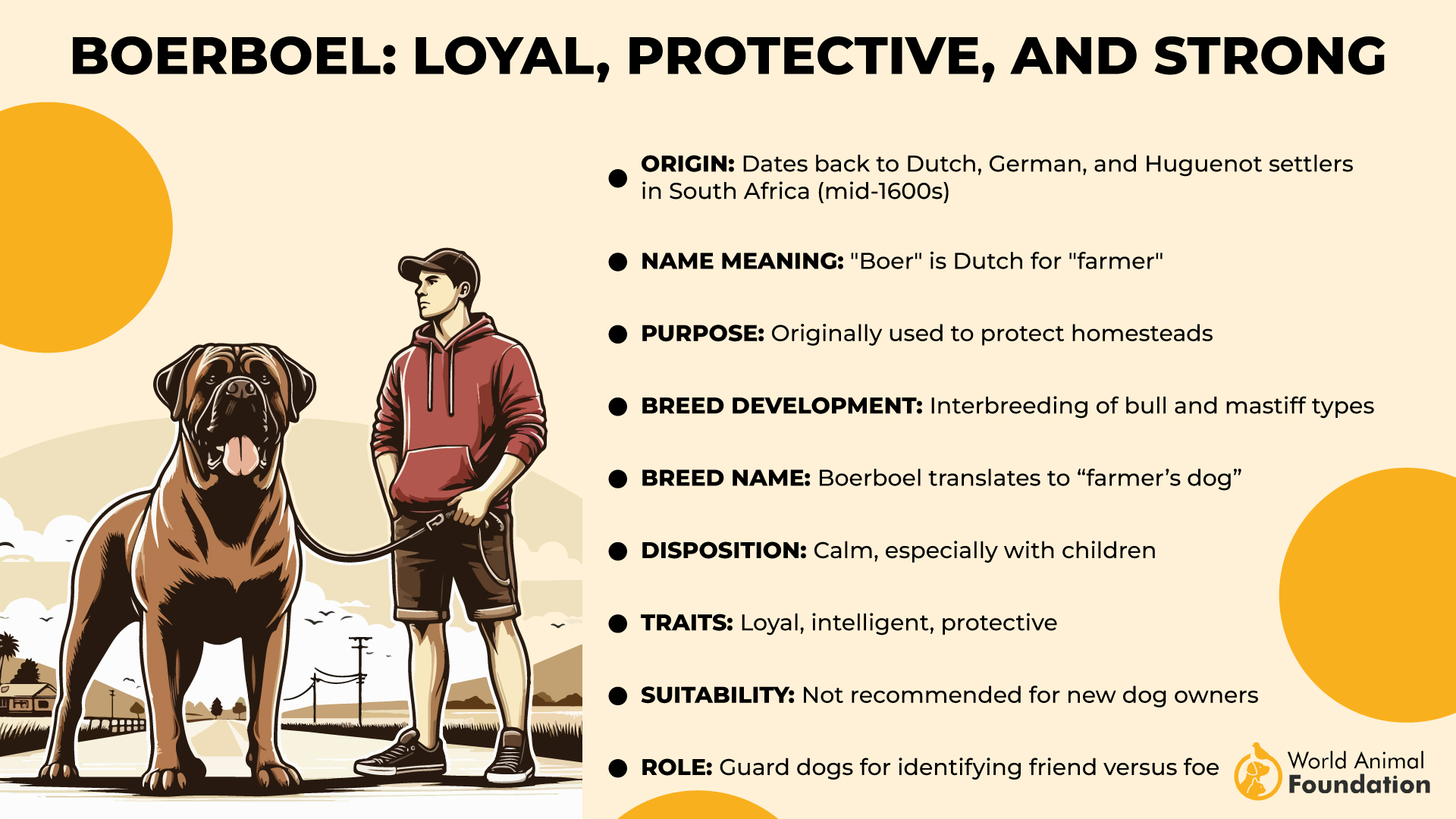
According to WebMD, Italian farmers relied on Cane Corsos for livestock protection and personal security. Their intelligence and agility made them valuable assets in rural communities.
Boerboels were selectively bred for their impressive size and unmatched strength. They played a vital role in securing large properties against dangerous animals and intruders.
Both breeds have undergone refinement over the years, but their fundamental guarding instincts remain intact. Their history directly influences their modern-day behavior and capabilities.
Fun fact
Ancient Roman mosaics depict dogs resembling the Cane Corso, proving its long-standing role as a working and guarding breed.
Cane Corso vs. Boerboel: Size and Appearance
Cane Corsos are large and muscular, typically weighing between 90 and 110 pounds. Males stand around 25–27.5 inches tall, with females slightly smaller but equally strong.
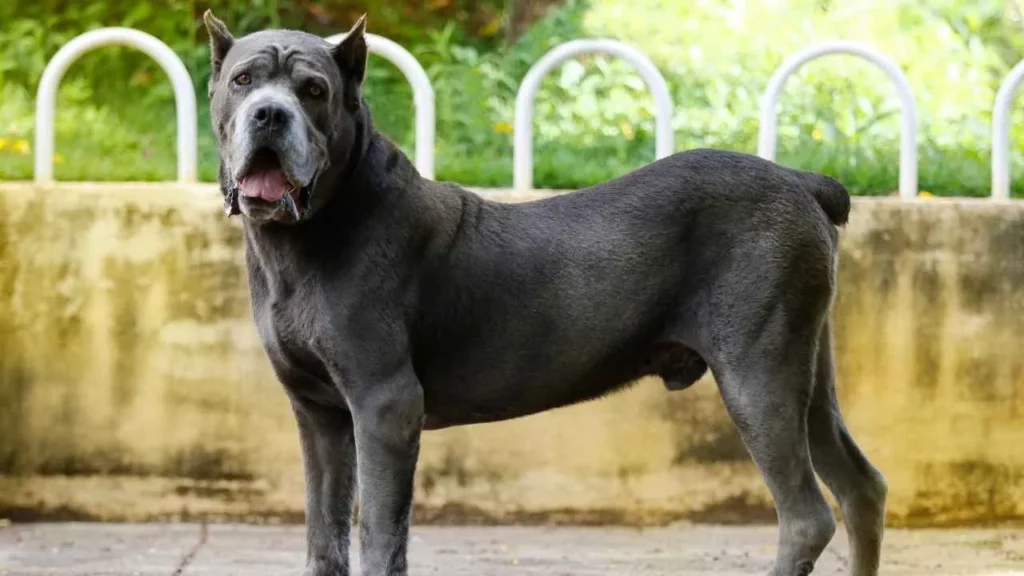
Boerboels are among the heaviest mastiffs, weighing between 150–200 pounds. They are stockier than Cane Corsos, with broad chests and powerful stances.
A Cane Corso has a sleek, athletic build, allowing for quick movements and agility. Cane Corso’s coat comes in various colors, including black, fawn, and brindle.
Boerboels have a more imposing frame with a thick neck and sturdy legs. Their coat is short but dense, offering protection against harsh weather conditions.
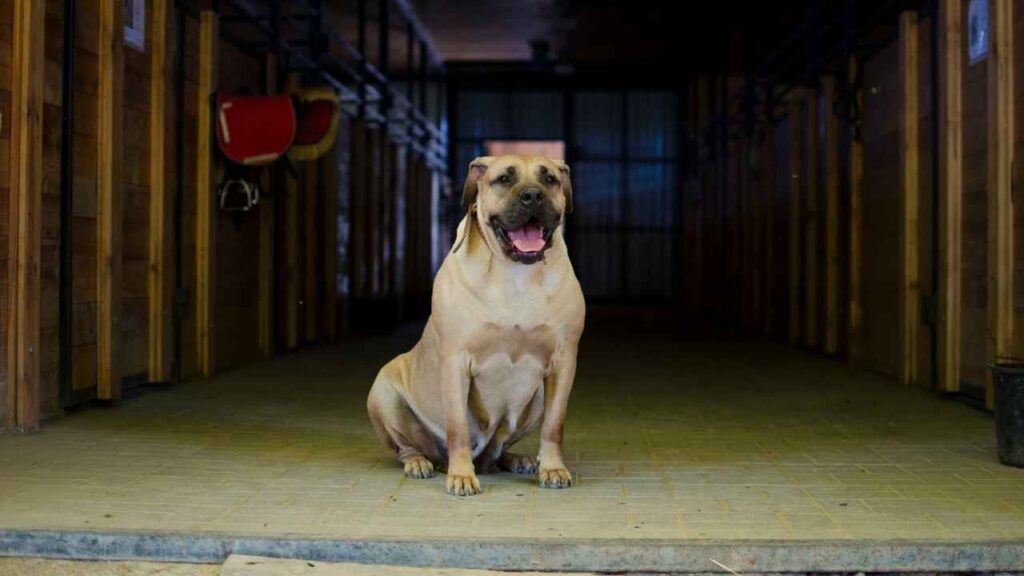
Facial expressions also differ between the two. Cane Corsos have a serious, almost stern look, while Boerboels appear more confident with a squared-off muzzle.
Cane Corso vs. Boerboel: Bite Force
Both the Cane Corso and the Boerboel possess a bite force that is nothing short of incredible. These dogs were historically bred for protection, making their jaw strength a key feature. Their powerful bites can exert immense pressure, showcasing their natural guarding instincts.
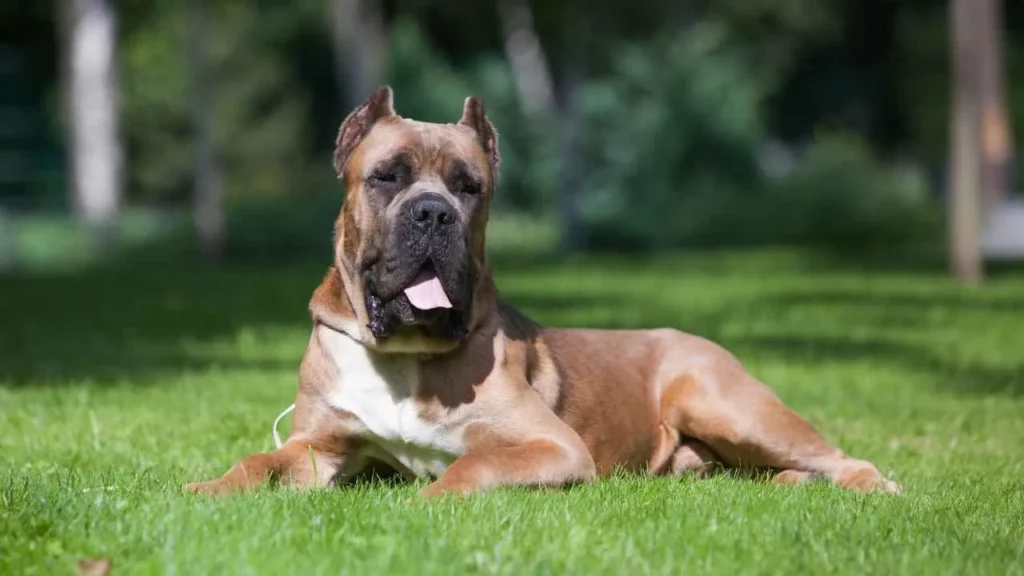
The Cane Corso’s bite force is measured at approximately 700 PSI, making it one of the strongest among domesticated breeds. Its bite is precise, often used in controlled takedowns when trained for protection work. This level of force is more than enough to deter intruders effectively.
The Boerboel, on the other hand, has an even more formidable bite force, reaching around 800 PSI. This South African giant was developed to guard farmlands, requiring exceptional power to defend against large predators. Its bite delivers intense pressure, ensuring it remains an unbeatable guardian.
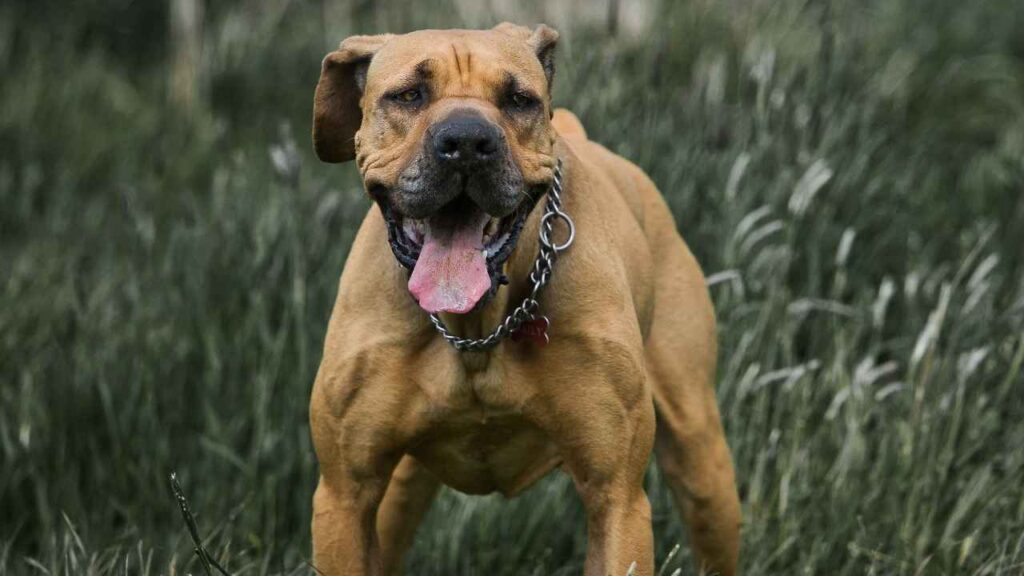
While both breeds are immensely strong, their bite forces serve different purposes. The Cane Corso utilizes its strength with tactical efficiency, while the Boerboel’s sheer pressure makes it a deterrent against serious threats. Proper training ensures their strength is controlled and used effectively when necessary.
Cane Corso vs. Boerboel: Health and Care
A well-maintained Cane Corso or Boerboel can live a healthy life, but both breeds require specific care to avoid common health concerns. Their large size makes them prone to joint problems, so weight management is crucial.
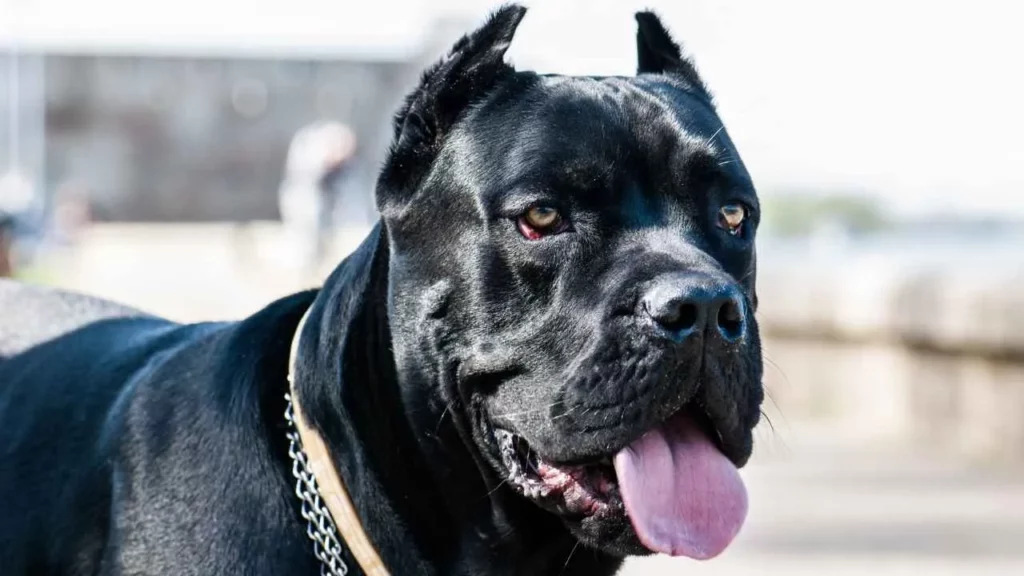
Cane Corsos are susceptible to hip dysplasia, heart issues, and gastric torsion. Regular vet checkups help detect early signs of disease. They also benefit from high-protein diets to support their muscular build and joint supplements to maintain mobility.
According to American Kennel Club, Boerboels, known for their immense strength, are vulnerable to hip and elbow dysplasia, bloat, and ligament injuries. Since they grow rapidly, controlled feeding during puppyhood helps prevent skeletal issues. Routine exercise strengthens their structure without excessive strain.

Both breeds thrive with consistent activity but should avoid high-impact movements as they age. Mental stimulation is equally important, as boredom can lead to destructive habits. Balanced nutrition and preventative care significantly improve their overall well-being.
Cane Corso vs. Boerboel: Grooming Requirements
These two breeds have short coats that make grooming relatively simple, but regular maintenance is still necessary. Even large dogs require consistent care to keep their skin and coat healthy.
The Cane Corso’s dense coat benefits from weekly brushing to reduce shedding and distribute natural oils. These dogs enjoy a structured routine, making grooming sessions an easy and bonding experience.
The Boerboel’s short fur requires similar care, but its skin can be sensitive. A gentle grooming approach from a young age helps novice owners establish good habits and prevent irritation.
Bathing should be occasional to avoid stripping essential oils. Large dogs like these also need regular nail trims, ear cleaning, and dental care to maintain overall hygiene and health.
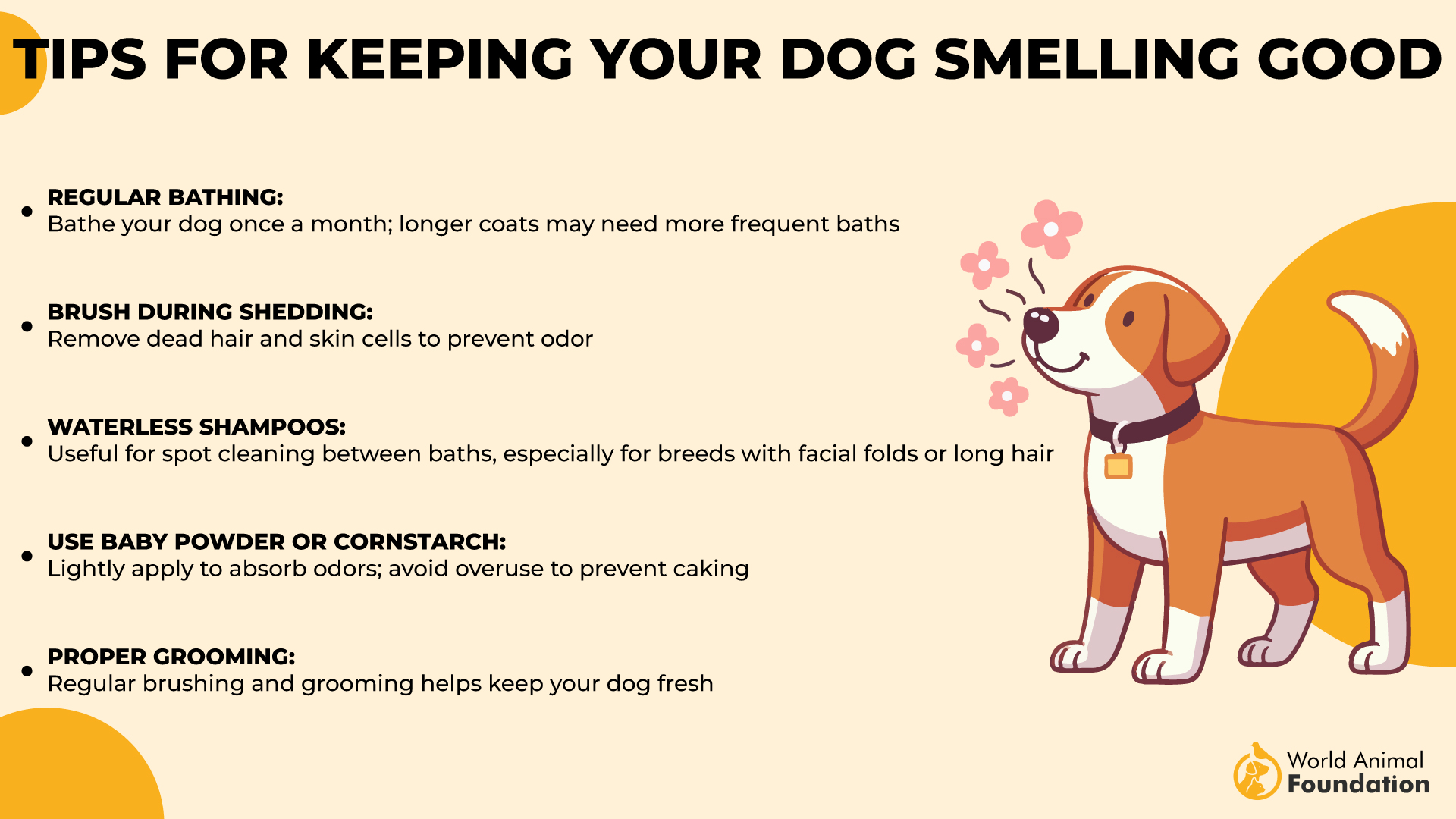
Novice owners may find grooming manageable, but professional guidance can help ensure best practices. A consistent routine keeps both breeds comfortable, clean, and looking their best.
Cane Corso vs. Boerboel: Lifespan
Large dogs like the Cane Corso and Boerboel require proper care to maximize their lifespan. With the right approach, these two breeds can enjoy many years of health and vitality.
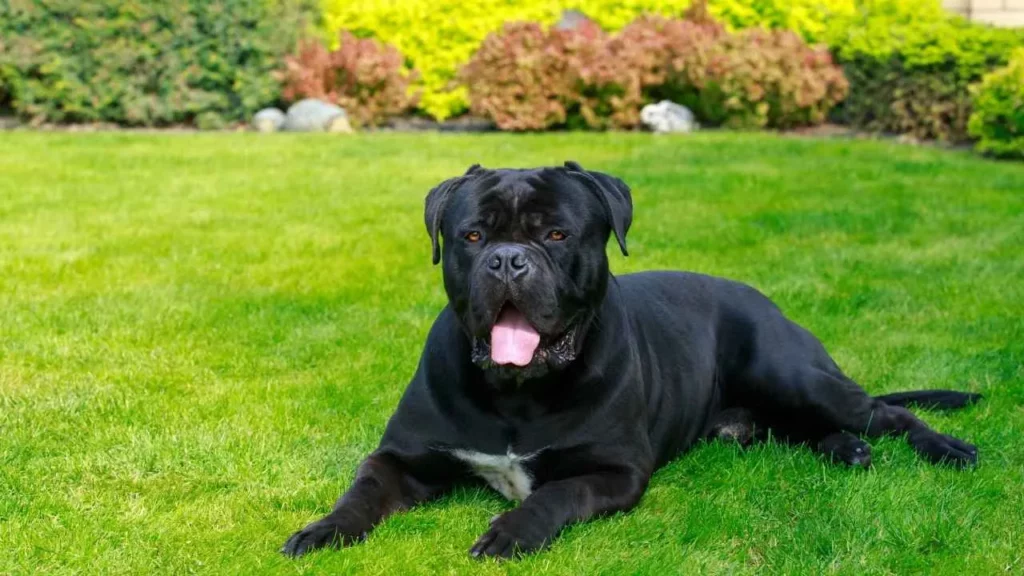
The Cane Corso typically lives between 9 and 12 years. Providing a balanced diet, structured exercise, and routine vet visits from a young age contributes to a long, active life.
The Boerboel has a similar lifespan of 9 to 11 years. These dogs enjoy mental stimulation, social engagement, and activities that keep their bodies strong and their minds sharp.
Novice owners should understand that large dogs age differently than smaller breeds. Joint care, weight management, and early health screenings help prevent common issues later in life.
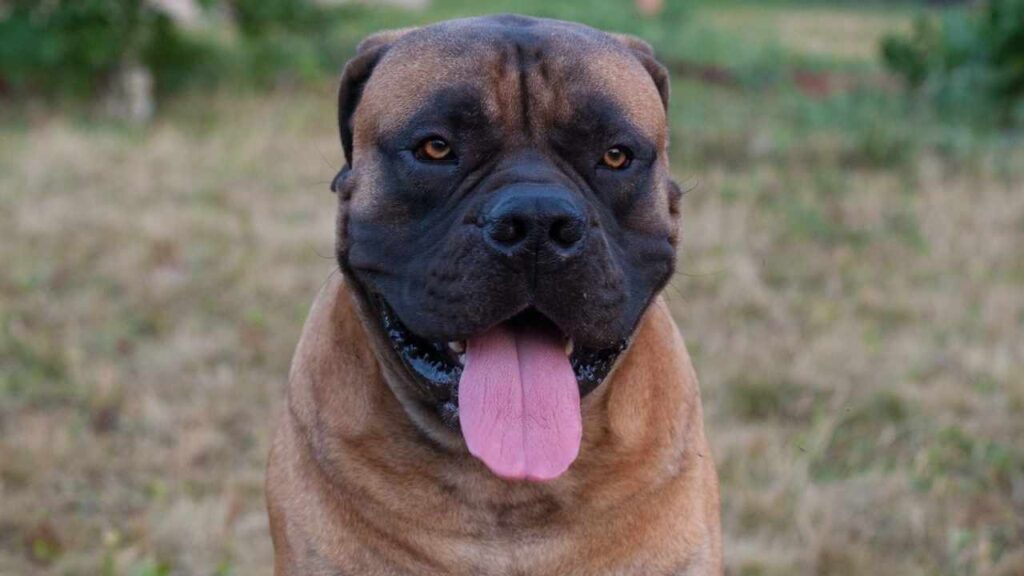
With attentive care, both breeds remain robust and energetic for many years. Their natural guarding instincts, combined with a structured lifestyle, help them thrive in various environments.
Conclusion
The Cane Corso and Boerboel are two powerful, intelligent breeds with impressive strength, guarding instincts, and resilience. Their bite force, health considerations, grooming needs, and lifespan highlight their unique traits and requirements. Their history as protectors and working dogs showcases their reliability in security and guarding tasks.
The American Kennel Club recognizes the Cane Corso for its strong working heritage, while Boerboels, often called South African Mastiffs, have a long history as versatile farm dogs. These breeds require structured training, proper health management, and consistent grooming. First-time dog owners may find them more challenging compared to other dogs, as their strength and intelligence demand firm, knowledgeable handling to ensure they reach their full potential.


